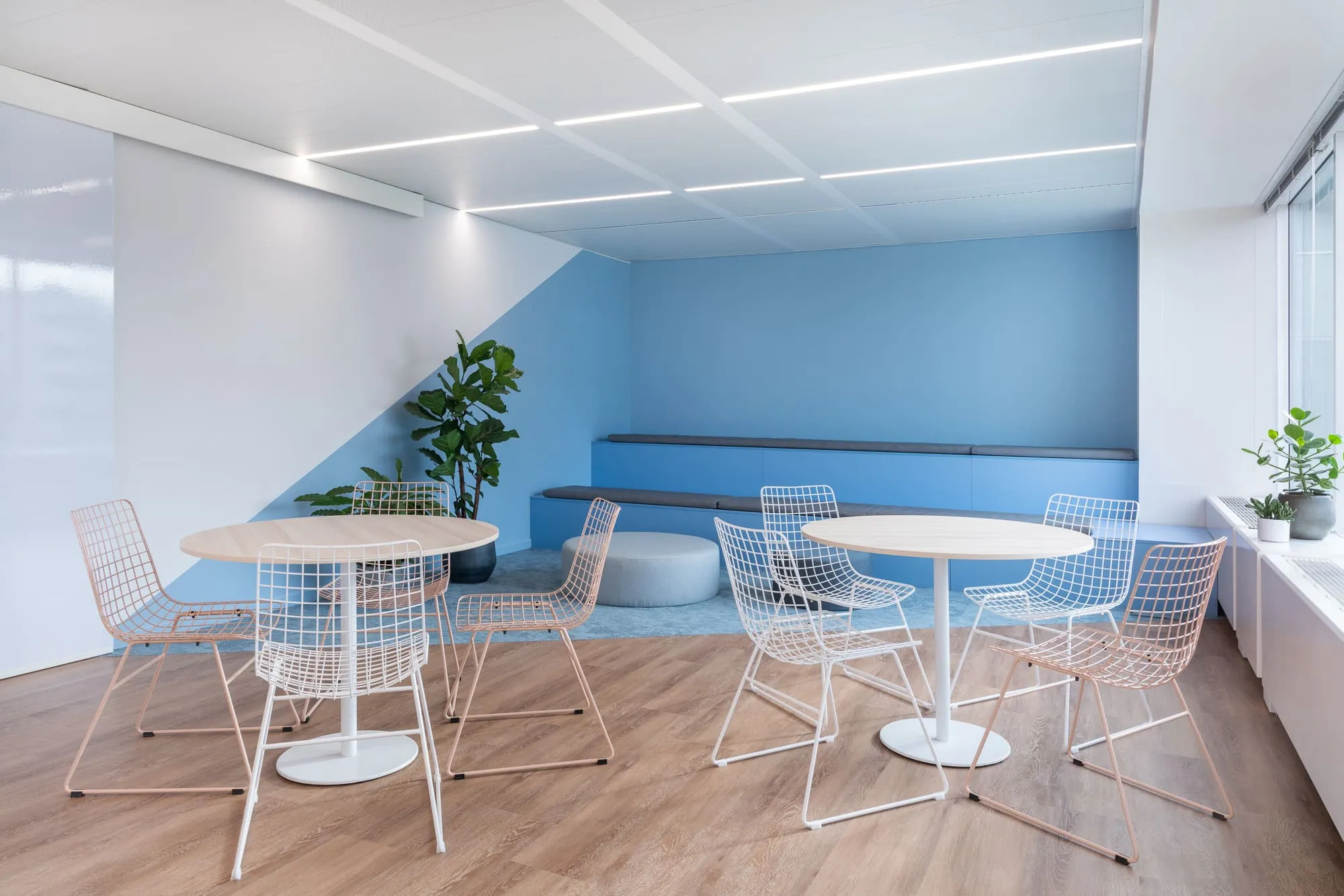
You’re strolling through Dubai’s Gold Souk, surrounded by shimmering displays. Ever notice how the radiant yellows and deep crimsons make you instinctively reach for your wallet? It’s no accident. Colors here are a language—a blend of tradition, climate, and aspiration. At www.too.ae, we’ve dissected how Dubai’s most iconic brands and spaces use hues to whisper (or shout) their stories. Let’s unravel the secrets behind the city’s most persuasive palettes.The Desert’s Color DNA: Why Sand Isn’t Just Sand
Dubai’s landscape isn’t monochrome. Morning sands blush pink, midday skies bleach cobalt, and dusk transforms the city into a gradient of amber. These shifts subconsciously shape preferences. For instance, 62% of Dubai residents associate beige with comfort—think of the Ritz-Carlton’s lobby or Emirates’ first-class cabins. Blue, mirroring the Gulf’s waters, signals trust, which is why Dubai Health Authority clinics use teal in waiting areas to reduce patient anxiety.
But here’s a twist: Gold isn’t just for opulence. In Bedouin culture, it historically symbolized endurance. Today, brands like Al Tayer Group weave gold into logos to nod to heritage while screaming luxury.
From Souks to Skyscrapers: How Dubai’s Icons Hack Color Psychology
Burj Khalifa’s Silver Sleekness
The world’s tallest tower isn’t just silver—it’s reflective. The exterior mirrors the sky, shifting from dawn’s rose to noon’s stark white. This adaptability subconsciously communicates innovation, a core Dubai trait. Architects avoided warm tones to prevent the tower from visually “melting” under the sun.
Careem’s Coral Red: Urgency with a Smile
Careem’s coral-red app buttons aren’t just eye-catching. Coral sits between red (action) and pink (approachability), perfect for a service blending efficiency with Emirati hospitality. After their 2019 rebrand, ride bookings jumped 18%, proving hues can drive taps.
Dubai Metro’s Color-Coded Efficiency
Red lines (like Route 2020) signal speed, while green lines (Etisalat Station) hint at connectivity. Simple? Yes. Effective? Dubai Metro’s 230 million annual riders suggest so.
Cultural Pitfalls: When “Green” Means More Than “Go”
Green in Dubai is a tightrope. It’s revered in Islam (think Quranic verses in Jumeirah Mosque’s green-lit archways) but also tied to sustainability campaigns like Dubai Can. However, using neon green for a luxury brand? Risky. It clashes with the gold-and-neutral palettes dominating districts like DIFC.
Pro tip: Study Dubai Municipality’s signage rules. Fluorescent orange marks construction zones, while turquoise flags beach hazards. Ignoring these can land your brand in legal tangles—or worse, public ridicule.
Heat & Hues: Why Your Brand’s Exterior Can’t Wear Black
Dubai’s sun isn’t just a climate detail—it’s a design director. Dark colors absorb 70% more heat, spiking cooling costs. That’s why Alserkal Avenue’s galleries use white exteriors with pops of clay red. For outdoor campaigns, metallics (like the Museum of the Future’s chrome) reflect light, staying cool and Instagram-ready.
Fun fact: Reflective silver surfaces can lower indoor temps by up to 5°C, a trick used in Souk Madinat’s shaded walkways.
The Expat Factor: Crafting Palettes for 200 Nationalities
Dubai’s population is 89% expat. Colors that thrill an Emirati might unsettle a South Asian. For example:
- Red: Positive in Arab cultures (energy), but signifies danger in parts of Europe.
- White: Purity in the UAE, but mourning in China.
How do brands adapt? Starbucks UAE blends global green with Arabic typography. Ikea Dubai swaps Sweden’s blue-yellow for sand-and-sage in localized displays.
Case Study: How “Emirates Red” Became a Global Icon
Emirates Airlines’ signature red isn’t random. Pantone 321 C, to be exact. It’s bold enough to stand out at Heathrow but deep enough to avoid garishness. Paired with gold accents, it whispers “Gulf luxury” without screaming “bling.” Post-2016 rebrand, brand recognition in Europe soared 34%. As www.too.ae’s design team notes, the lesson is clear: A color can be patriotic without feeling parochial.
Future Trends: From Desert Neutrals to Cyber Neon
Dubai’s palette is evolving. Sustainability pushes earthy tones: “Al Waha Green” (inspired by Al Qudra Lakes) dominates eco-projects. Meanwhile, digital ventures embrace cyber neon—think noon.com’s electric purple.
But a warning from www.too.ae: Trends fade. Anchor your palette in timeless desert tones (terracotta, sand), then layer in trendier accents. For example, a café might pair sand walls with neon menu boards.
Your Turn: Building a Dubai-Proof Palette
- Audit Your Environment: Visit your site at noon. Dubai’s light bleaches colors—what looks soft at 9 AM may vanish by midday.
- Test Across Cultures: Show palettes to Emirati, Indian, and European colleagues. Does gold feel luxurious or gaudy?
- Embrace Duality: Blend tradition (metallics) with futurism (holographics). The Dubai Frame does this perfectly—golden outlines against a silver skyline.
When Colors Speak Louder Than Words
In Dubai, a palette isn’t just pretty—it’s strategic storytelling. Whether you’re painting a JBR restaurant or launching a fintech app, remember: Colors here must withstand desert sun, cross-cultural nuance, and the city’s relentless ambition. So, next time you pick a hue, ask yourself: “Does this shade belong to Dubai’s skyline, or is it just noise?” As the www.too.ae team always says, in this city, even colors need a vision board.
